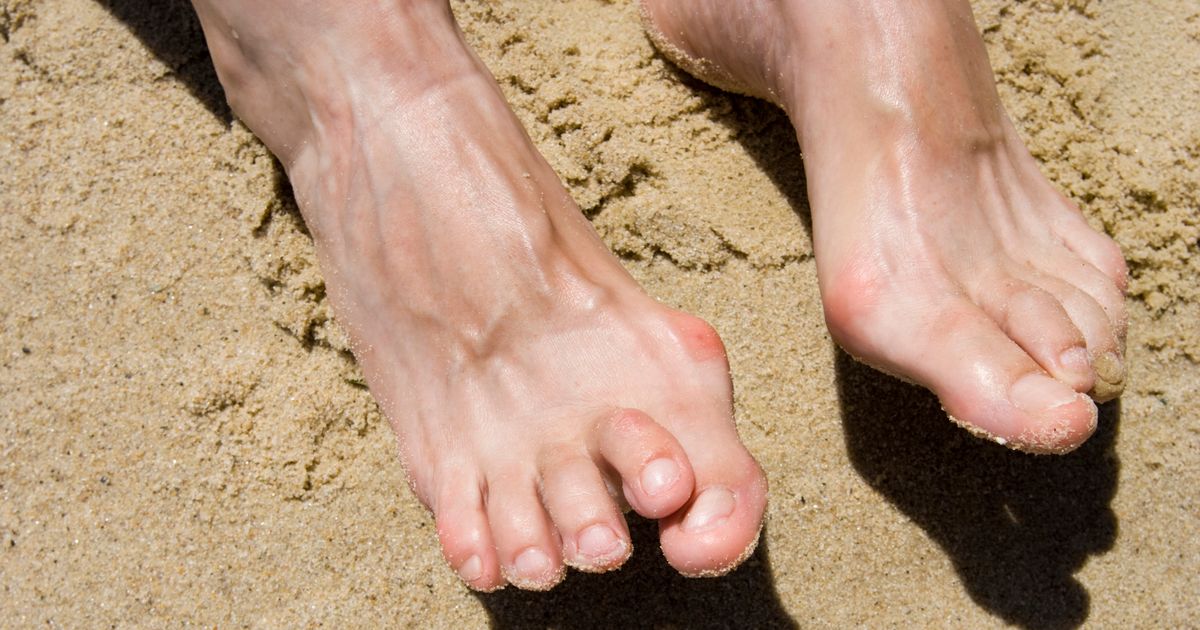How To Spot Hammertoe
Hammertoe is a type of deformity that occurs when the toe curls or bends downward rather than pointing in a forward direction. Any toe on the foot might be affected by this deformity, though it does tend to occur most often on the third or second toe. Sometimes hammertoe is a condition present when an individual is born. It's more common, however, for the condition to develop over time because of ill-fitting shoes or arthritis. Hammertoe is usually a treatable condition. If you think you have a hammertoe, get in contact with a doctor. They may refer you to a foot specialist like a podiatrist or orthopedist specializing in feet. There are many symptoms and signs of hammertoe to look out for. Here they are now.
Difficulty Moving The Toe
Patients with hammertoe might experience difficulty moving the toe, and it may also be painful to move the toe. This difficulty occurs because the toe is bending in a direction it shouldn't be, so an individual's range of motion is limited. Certain shoes can often cause hammertoe. Individuals who wear high heels or shoes with a very tight toe box may have their big toe pushed into the second toe, which can cause it to curl downward. Trauma such as a broken to might also cause hammertoe, if it heals wrong. Patients may also develop hammertoe if their toe muscles are abnormally balanced. This causes a contraction of the toe since weight isn't evenly distributed.
Reveal the next sign of hammertoe now.
Swelling And Redness

Patients may experience swelling and redness in the affected toe if they are dealing with hammertoe. If an individual has swelling and redness in the toe combined with any of the other symptoms in this article, they should get in contact with a podiatrist as soon as possible. Swelling may be a warning sign that hammertoe might develop. Ill-fitting shoes can cause irritations like swelling, blisters, calluses, and corns. If an individual continues to wear those shoes, hammertoe might develop. As a general rule, if individuals notice their feet are becoming swollen or irritated from their shoes, they should find a new pair of shoes. The redness comes from the irritation of the toe. There are treatment options for hammertoe, but they vary widely depending on how severe the condition is.
Continue reading now to learn more about the various symptoms of hammertoe.
